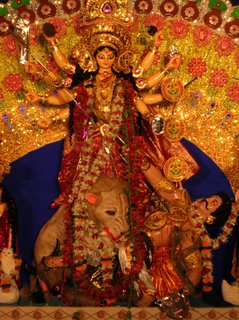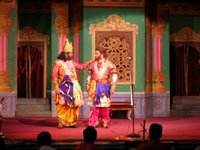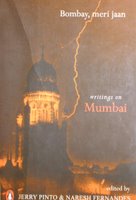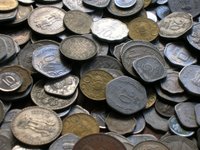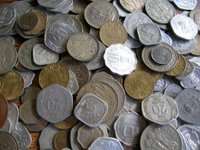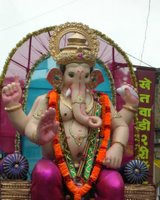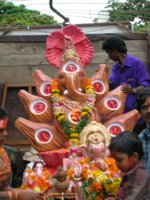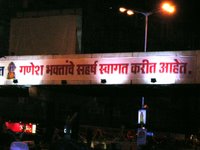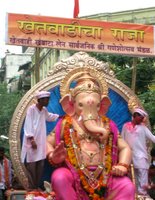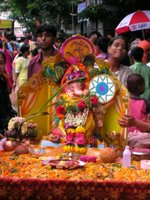Over the years, the way Diwali is celebrated has changed as I see it. Here are some random notings.
Gone are the days when our ‘wadi’ used to have Diwali festivities. Soon gone will be the days when we would have ‘wadis’ left as they would be replaced by some ‘tower’ but that’s besides the point. When we were small, we used to look forward to Diwali, not only for not having to go to school but also for the wadi festivities. They were so popular that all the cousins and relatives of people staying in the ‘wadi’ used to come and spend time with the wadi relatives and participate. The wadi used to be flood lit and a host of events used to be organized. There would be different sporting events arranged including Badminton, Table Tennis, Cricket, Carom and Volleyball tournaments. A play would be staged with the youngsters participating. The highlight of the festivities was arranging an open-air movie show on the ‘parda’. Thus, a white screen used to be put up and a Hindi movie(in black and white) used to be projected on it. Everyone used to sit on chairs or on ‘satranjis’ laid out on the ground and watch it. Our Parsi colony neighbors also used to come into the wadi to watch or watch it from the other side of the screen. I remember seeing Kishore Kumar’s ‘China Town’ on the parda one of the years.
Unfortunately, for many years now these festivities do not take place as many of the wadi youngsters have migrated to the US or are too busy with their own lives.
Diwali at home also meant putting some ‘uttan’ on the ‘pahli anghol’ day and breaking a ‘karit’, putting up lights, making a ‘kandeel’, putting a rangoli and diyas. Faral – the sweets and savories distributed and eaten during Diwali used to be made at home. So one gorged on chiroti, balu shahi, besan, rava and motichur laddoo, karanji filled with a coconut filling, chakli, shankar pali, chivda, shev, kadboli and anarse all throughout the Diwali week. It also meant going out and buying new clothes for yourself and family. On Bhau Beej, my sisters used to perform and Aarti and I had to give them a gift. This custom was carried out to honour the brothers for taking care of them and protecting them, and pray for their well-being. Today, all this has also changed. The faral is home made but bought from some one who makes it at his/her home and is not eaten with as much fervor. As sisters are not in the country, there is no aarti and no gifts to give. The lights are still put on but the kandeel is bought from the market.
Diwali in the city has changed too. If you took a bus from V.T. thru Girgaum thru Parel to Mahim, you would see many chawls and buildings having similar colored kandeels(lanterns) put up in a row on the long balconies. Today, many of these chawls have been pulled down. In fact our ‘wadi’ too had this uniform code as far as the Diwali lights were concerned. There would be nine ‘zero’ bulbs with a set pattern of colors. Red at one end, then green, then yellow, then orange and white in the middle and the same repeated on the other side. Thus all the flats in the wadi used to have the same kind of Diwali lights put up on their balconies. Today barring a few nobody follows this code. The kandeels too have changed. Unfortunately, more and more people have started buying plastic kandeels which not only are bad for the environment but also look terrible and tacky.
If you go to Marine Drive, the sky is lit up with firecrackers. It seems that the whole of Bombay descends on Marine Drive to either burst the crackers or to see the fireworks display. I remember one year on Diwali day as I was waiting for a 123 BEST bus, I was pleasantly surprised that the 123 was an open-top double decker bus and when it went onto Marine Drive, one could see the firework display right above you. Though, I am sure Marine Drive residents must be having a tough time during Diwali.
Of course, over the years with people becoming more aware of noise and air pollution and the judiciary stepping in, one hears fewer crackers than 15 years ago. This is a welcome sign not only for us but also for the animals – stray dogs, cats, and pets etc that all have a bad time during Diwali. They go through immense trauma because of the crackers and every year the number of road accidents, burn cases and pets that get lost are very high
I wonder what further changes would happen twenty years hence in the way people celebrate Diwali, maybe it would be celebrated on the net only and through blogs ??









